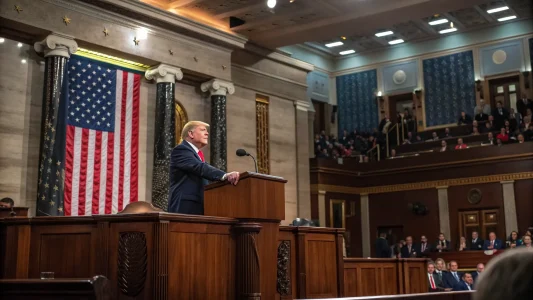The Federal Reserve, as the authoritative body, has announced that interest rates will remain unchanged due to a “lack of progress” in bringing inflation down.
The government body published a statement on behalf of the Board of Governors for the Federal Reserve System showing that the target of 2% or lower hasn’t been reached.
Interest rates bob and weave above 3%, which isn’t good for the average American business, as most would have hoped for a cut after today’s announcement.
“Interest rates remain unchanged,” says Fed
The Fed has been keen on bringing inflation down since the COVID-19 pandemic. So, the body is tentative about making a substantial change to interest rates, with the possibility of a surge in commodities and a struggling labor market.
If both were to skyrocket or a mini-recession were to hit U.S. shores, then the risks of financial instability and this march toward 2% would be shattered.
“In considering any adjustments to the target range for the federal funds rate, the Committee will carefully assess incoming data, the evolving outlook, and the balance of risks. The Committee does not expect it will be appropriate to reduce the target range until it has gained greater confidence that inflation is moving sustainably toward 2 percent,” the report said.
We reported earlier this month that the cost of war in the Middle East would hit American homes, according to the World Bank. This matches the Fed’s skepticism, as $100 a barrel of oil could increase energy costs and consumables.
The watershed interest rate range will not move from 5.25% to 5.5%, a high not seen since the financial crisis in 2007. Consumer confidence as we covered this month is at a low according to most Americans in a bleak economy, the index provided by the Conference Board shows that trust is at its lowest ebb since 2022.
The release concluded, “The Committee would be prepared to adjust the stance of monetary policy as appropriate if risks emerge that could impede the attainment of the Committee’s goals.”
The Committee’s assessments will consider a wide range of information, including readings on labor market conditions, inflation pressures and expectations, and financial and international developments.
Image: Ideogram.















